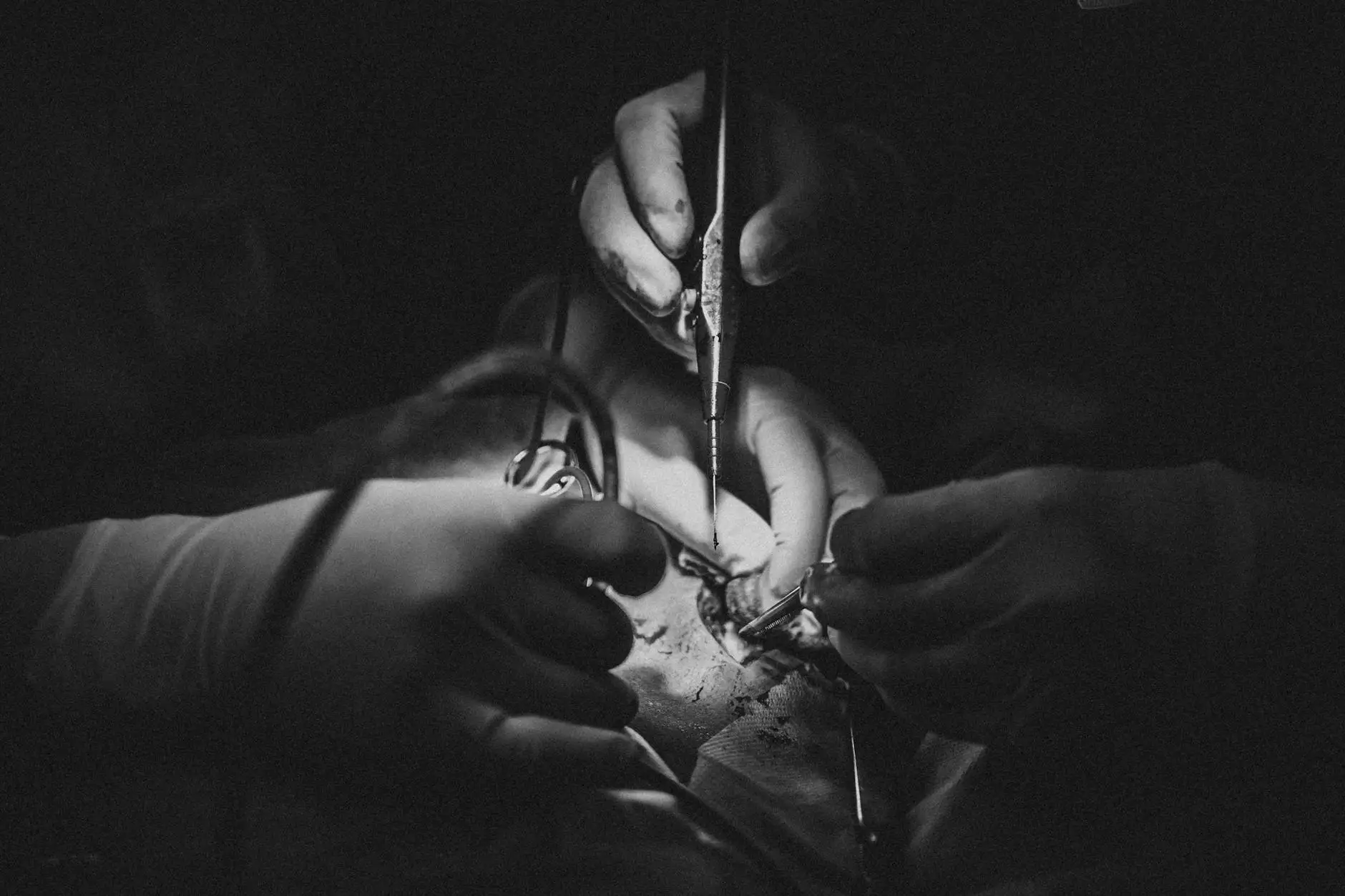Abdominal Aortic Aneurysm - Vascular and Vein
Vascular and Vein
Welcome to the comprehensive guide on abdominal aortic aneurysm, provided by Furstenberg Michael Dr. Here, we will delve into the causes, symptoms, diagnosis, and treatment options for this potentially serious vascular condition.
Understanding Abdominal Aortic Aneurysm
Abdominal aortic aneurysm (AAA) occurs when a weakened area in the wall of the abdominal aorta enlarges, leading to a bulge. The abdominal aorta is the main blood vessel in the abdomen that supplies blood to the lower half of the body.
This condition often develops slowly and may go unnoticed until it becomes large or ruptures, posing a life-threatening situation. It primarily affects individuals aged 65 and older, especially those with a history of smoking, high blood pressure, or atherosclerosis.
Symptoms and Diagnosis
In the early stages, AAA is usually asymptomatic, making it challenging to detect without proper screening. However, when symptoms do occur, they may include:
- Deep, throbbing pain in the abdomen, sides, or back
- A pulsating sensation in the abdomen
- Tenderness or discomfort
- Shortness of breath
- Lightheadedness or dizziness
It is crucial to diagnose AAA early to prevent complications. Diagnostic tools include:
- Ultrasound: This non-invasive imaging technique uses sound waves to assess the size and shape of the aorta.
- CT scan: A computed tomography scan provides detailed images of the aneurysm to determine its size and the risk of rupture.
- MRI: Magnetic resonance imaging is used to produce high-resolution images to assess the aneurysm.
Treatment Options
The appropriate treatment for AAA depends on several factors, including the size, location, and overall health of the patient. Options may include:
Watchful Waiting:
For smaller aneurysms, monitoring their growth through regular check-ups and ultrasound imaging may be recommended, especially if the risk of rupture is low.
Medication:
In certain cases, medications such as beta-blockers or statins may be prescribed to help manage high blood pressure and lower the risk of aneurysm growth.
Endovascular Aneurysm Repair (EVAR):
This minimally invasive procedure involves placing a stent graft within the aneurysm to reinforce the weakened vessel wall and redirect blood flow. EVAR usually results in quicker recovery and reduced risk compared to open surgery.
Open Surgical Repair:
In more complex cases, open surgical repair may be necessary. This involves replacing the weakened segment of the aorta with a synthetic graft to prevent rupture.
Prevention and Lifestyle Modifications
While certain risk factors for AAA, such as age and family history, cannot be controlled, you can adopt certain measures to reduce the risk of developing or worsening an existing aneurysm:
- Quit smoking: Smoking is a significant risk factor for AAA development and rupture. Consult with your healthcare provider for assistance in smoking cessation.
- Maintain a healthy blood pressure: Regularly monitor your blood pressure and work with your doctor to keep it within a healthy range.
- Manage cholesterol levels: Follow a balanced diet, exercise regularly, and take prescribed medications to control high cholesterol levels.
- Exercise regularly: Engaging in moderate-intensity exercise, such as brisk walking, can help improve cardiovascular health.
- Eat a heart-healthy diet: Consume a diet rich in fruits, vegetables, whole grains, and lean proteins while limiting saturated fats and sodium intake.
- Maintain a healthy weight: If overweight, losing weight can reduce the strain on the blood vessels.
By making these lifestyle modifications and seeking prompt medical attention, you can minimize the risks associated with AAA and ensure your vascular and vein health.
At Furstenberg Michael Dr, we specialize in providing expert care for patients with abdominal aortic aneurysm. Our dedicated team of healthcare professionals is committed to delivering the highest standard of treatment and guidance.
Contact us today to schedule a consultation and learn more about how we can help you manage and treat abdominal aortic aneurysm effectively.




